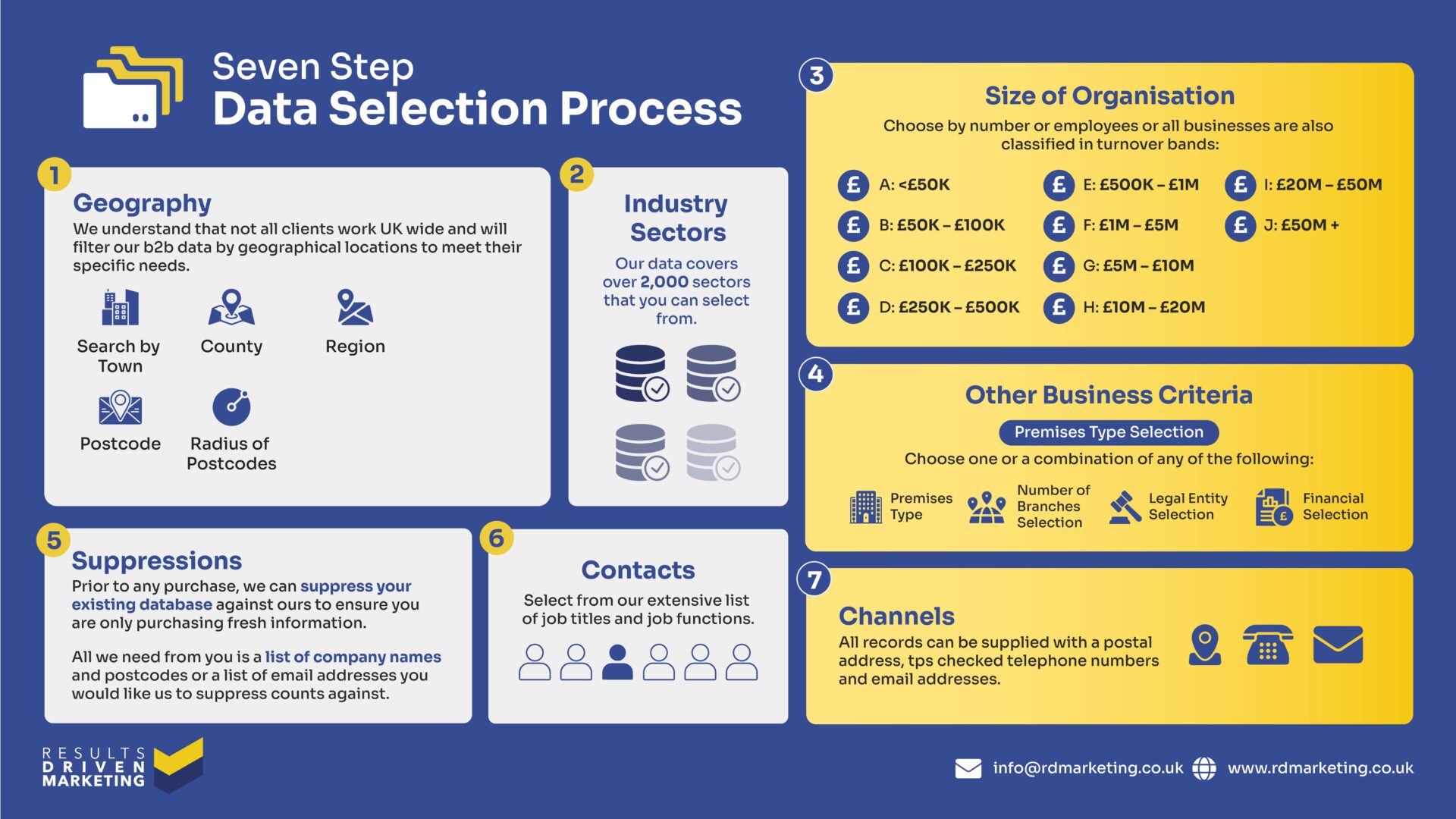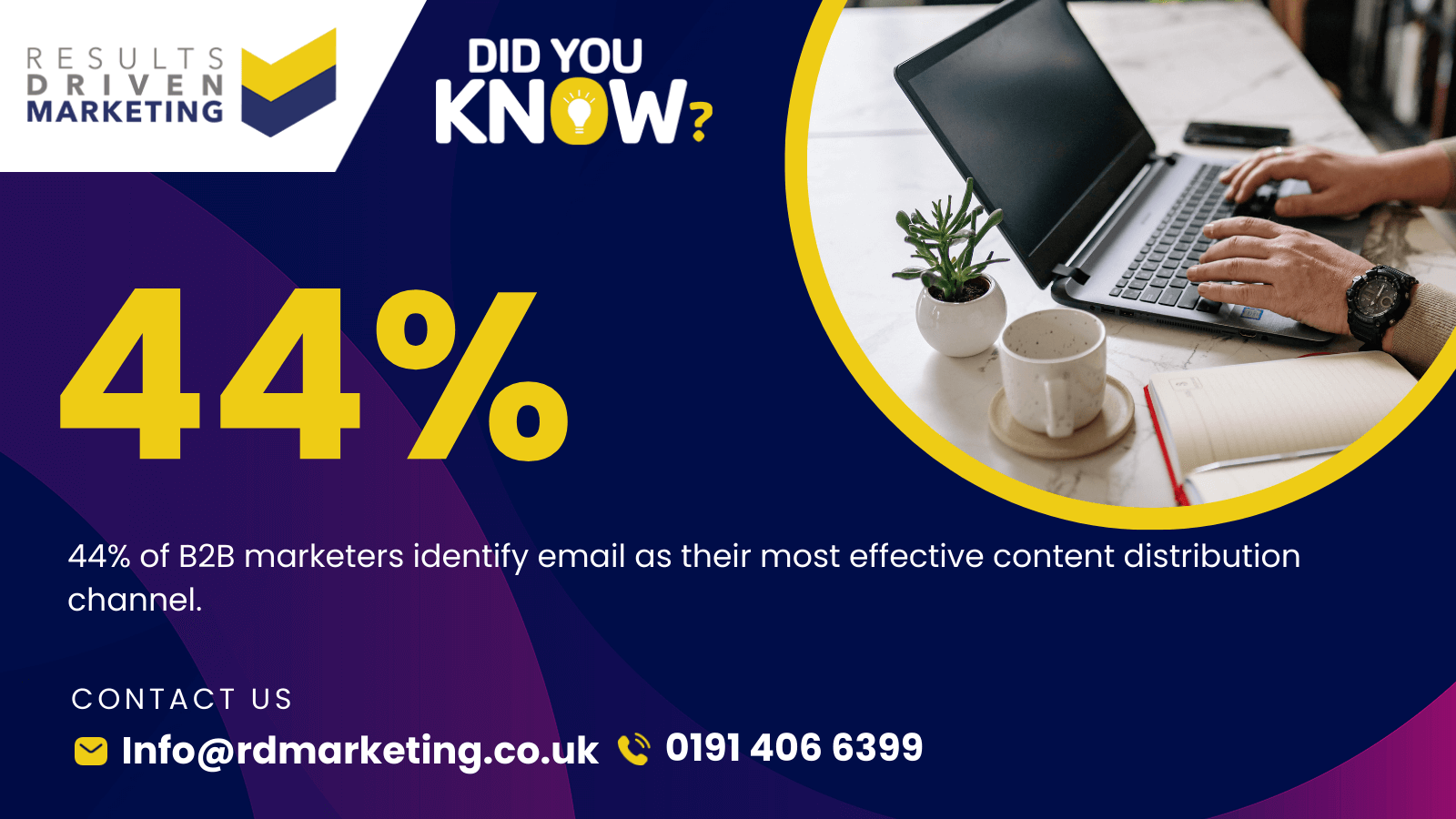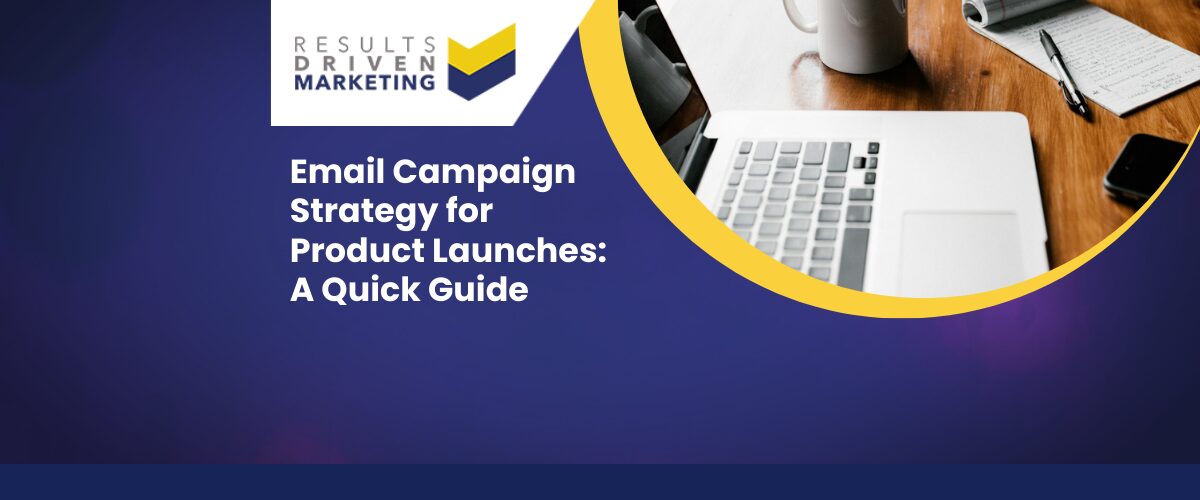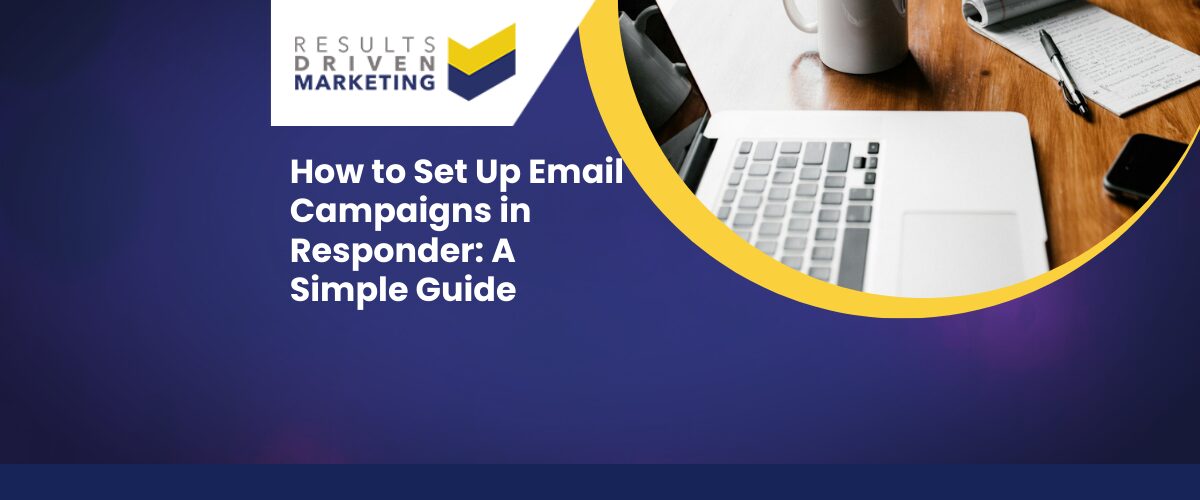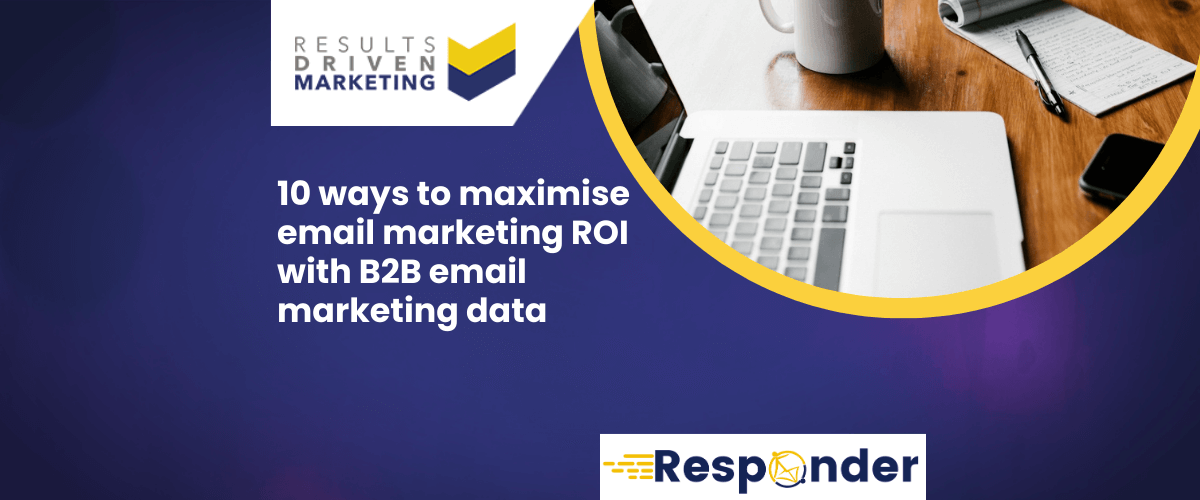
10 Ways to Maximise Email Marketing ROI with B2B Email Marketing Data
Email marketing ROI is what makes this channel a favorite for B2B communication—and it’s no surprise why. It’s one of the most budget-friendly ways to connect with your audience, generate leads, and build strong, long-term relationships with clients. Yet, despite its value, many businesses aren’t fully tapping into the power of B2B email marketing data to boost their ROI.
So, what exactly is email marketing ROI, and why is it so critical? In simple terms, email marketing ROI measures the return you get from your email campaigns compared to the amount you’ve invested.
This includes everything from the cost of your email address list data to the time and effort spent crafting your campaigns. It’s not just a metric—it’s the ultimate indicator of how successful your email strategy truly is.
Why Focus on Email Marketing ROI?
- Accountability: Knowing your email marketing ROI helps you understand whether your campaigns are delivering measurable value.
- Optimisation: It identifies what’s working and what isn’t, so you can refine your strategy.
- Scalability: When you see positive results, it’s easier to justify scaling up your efforts.
That’s where high-quality B2B email marketing data comes in. The right data can make all the difference, helping you target the right audience, personalise your content, and achieve better results.
At RD Marketing, we specialise in providing businesses with premium email address list data, direct mail data, and even tailored international email lists to support your marketing goals.
If you’re looking to supercharge your email campaigns, our data cleansing services and data enrichment services ensure your database is always accurate and ready to deliver results.
If you’re ready to take your campaigns to the next level, head over to RD Marketing to explore how we can help with services like B2B data, CTPS Checker, and telemarketing data.
Table of contents:
Start with Accurate and Verified B2B Data
When it comes to email marketing, your data is the foundation of your success. If your B2B email marketing data isn’t accurate, everything else—your campaigns, your messaging, your results—can fall apart. High-quality data is a non-negotiable if you’re serious about improving your email marketing ROI. Let’s break this down.
Why High-Quality Data Matters
Accurate and verified B2B email marketing data ensures your campaigns are reaching the right people at the right time. Here’s why that’s so important:
- Relevance: With accurate data, you can tailor your content to match the interests and needs of your audience. This boosts engagement and, ultimately, your email marketing ROI.
- Deliverability: Verified data helps your emails land in the inbox, not the spam folder. Lower bounce rates mean more opportunities to connect with your prospects.
- Credibility: Sending emails to incorrect or outdated addresses can damage your sender reputation, making it harder to reach your audience in the future.
At RD Marketing, we offer services like B2B data and email address list data to ensure you have access to the most reliable data for your campaigns.
The Risks of Outdated or Inaccurate Email Lists
Using outdated or inaccurate email lists is one of the fastest ways to derail your marketing efforts. Here’s what you risk:
Higher Bounce Rates
Emails sent to inactive or incorrect addresses will bounce, which lowers your deliverability rate. This also signals to email providers that your campaigns aren’t trustworthy.
Spam Traps
Old email addresses can turn into spam traps, which can blacklist your domain and make it nearly impossible to reach your audience.
Lost ROI
Every email you send to an invalid address is a wasted opportunity. Over time, this erodes your overall email marketing ROI.
Investing in services like data cleansing can help you keep your lists up-to-date and free from errors.
How Verified B2B Email Marketing Data Improves Campaign Performance
Verified B2B email marketing data ensures that your campaigns are built on a solid foundation. Here’s how it helps:
- Prevents Delivery Issues: Verified data minimises bounces, keeping your sender reputation intact.
- Boosts Engagement: High-quality data allows for precise targeting, which leads to better engagement rates.
- Increases Conversions: By reaching the right decision-makers, you increase the likelihood of turning prospects into customers.
For example, if you’re targeting international markets, our international email lists ensure your campaigns are relevant and effective, no matter the region.
Segment Your Audience for Personalised Campaigns
One of the most powerful ways to maximise your email marketing ROI is by segmenting your audience. Sending the same email to everyone on your list might seem efficient, but it’s far from effective.
By breaking your audience into smaller, targeted groups, you can deliver highly personalised campaigns that resonate with each recipient—and that’s where the magic happens.
What is Segmentation and Why Does it Matter?
Segmentation is the process of dividing your email list into smaller groups based on specific criteria. Rather than taking a one-size-fits-all approach, segmentation allows you to tailor your messaging to each group’s unique characteristics, needs, and preferences.
Here’s why this is critical for boosting your email marketing ROI:
- Relevance: Segmented campaigns are more relevant to recipients, which means higher open rates, click-through rates, and conversions.
- Engagement: Personalised emails feel less like spam and more like valuable communication.
- Efficiency: Instead of wasting resources on uninterested recipients, you focus your efforts on those most likely to convert.
With high-quality B2B data from RD Marketing, segmentation becomes easier than ever. Our data includes detailed insights that allow you to create laser-focused campaigns.
Examples of Segmentation Criteria
There are countless ways to segment your audience, but here are some of the most effective criteria for B2B email marketing:
Industry: Target specific sectors like healthcare, manufacturing, or technology for more relevant messaging.
Company Size: Send tailored campaigns to small businesses, mid-sized companies, or large enterprises.
Job Title or Role: Focus on decision-makers like CEOs or operational roles like managers.
Location: Use geographic data to address regional preferences or time zone considerations.
Purchase History: Segment by past purchases or interactions to encourage repeat business.
For businesses targeting global markets, our international email lists make it simple to customise campaigns for diverse audiences.
Benefits of Personalised Messaging
When you segment your audience, you unlock the full potential of personalised email marketing. Here’s how that directly impacts your email marketing ROI:
- Improved Engagement Rates: Personalised subject lines and content make recipients more likely to open and interact with your emails.
- Higher Conversion Rates: Targeted messaging aligns with the recipient’s specific pain points and goals, increasing the likelihood of action.
- Stronger Customer Relationships: Personalisation shows that you understand your audience, fostering trust and loyalty.
For example, with our telemarketing data and consumer data, you can combine email campaigns with other outreach efforts to create a cohesive and highly personalised marketing strategy.
Leverage Behavioural Data for Better Targeting
If you’re looking to unlock the full potential of your email marketing ROI, behavioural data is a game-changer. By understanding how your audience interacts with your emails—whether it’s opening them, clicking on links, or making a purchase—you can craft highly targeted campaigns that resonate deeply with your recipients.
It’s all about using insights to deliver the right message to the right person at the right time.
How to Use Behavioural Data for Targeted Campaigns
Behavioural data provides a wealth of information about your audience’s preferences and actions. Here are some key types of data to focus on:
Open Rates
Identify which recipients are consistently opening your emails. These are your engaged leads who are more likely to respond to future campaigns.
Click-Through Rates
Pay attention to which links are getting the most clicks. This tells you what content or offers your audience finds most appealing.
Purchase History
Use data from past purchases to recommend similar products or services. This is especially effective for upselling or cross-selling.
Website Activity
Track behaviour on your website, such as pages visited or time spent. This helps you tailor follow-up emails with relevant offers or information.
For businesses that need reliable data to kickstart these strategies, our email address list data and consumer data offer rich insights into your target audience.
How Behavioural Targeting Improves Engagement and Conversions
When you base your campaigns on behavioural insights, the results are transformative. Here’s why:
- Precision Targeting: Behavioural data allows you to create campaigns that feel personal and timely. For instance, if someone clicked on a product link but didn’t buy, a follow-up email with a discount could seal the deal.
- Higher Engagement Rates: Emails that reflect a recipient’s interests or actions are far more likely to be opened and read.
- Increased Conversions: When your emails align with what your audience wants, they’re much more likely to take action—whether that’s making a purchase, signing up for a webinar, or requesting a demo.
To make the most of behavioural targeting, it’s essential to work with accurate and up-to-date data. Our data enrichment services can help you enhance your existing database with actionable insights.
Integrating Behavioural Data with Other Marketing Channels
Behavioural targeting doesn’t stop at email. Combining insights with other channels, like telemarketing or direct mail, can create a unified marketing strategy that amplifies results. For example:
- Use telemarketing data to follow up with prospects who showed interest in your emails.
- Send highly targeted promotions using our direct mail data.
By leveraging multiple channels alongside behavioural data, you can keep your brand top-of-mind and drive consistent engagement.
How RD Marketing Supports Behavioural Targeting
At RD Marketing, we know that actionable data is the key to maximising your email marketing ROI. Whether you’re looking to refine your strategy with our CTPS Checker or improve your campaign management with our email marketing management services, we provide everything you need to succeed.
Behavioural targeting isn’t just about data—it’s about using that data effectively. Ready to get started? Visit RD Marketing today to learn how we can help you turn insights into results.
Craft Attention-Grabbing Subject Lines and Preheaders
Your subject line is the first impression your email makes. It’s the deciding factor between a recipient opening your email or scrolling past it, so it’s no surprise that a compelling subject line is directly tied to your email marketing ROI.
But subject lines don’t work alone—preheaders, the preview text that follows, play a supporting role in convincing recipients to open your email.
Let’s explore how you can craft subject lines and preheaders that grab attention and drive results, with the help of data-driven strategies.
Tips for Creating Compelling Subject Lines
An effective subject line is concise, relevant, and intriguing. Here are some tips to make yours stand out:
Keep it Short and Sweet
Aim for 6–10 words to ensure it’s fully visible, even on mobile devices.
Example: “Exclusive Offer for [First Name]—Ends Today!”
Create Urgency
Phrases like “limited time” or “last chance” can motivate readers to act quickly.
Example: “Don’t Miss Out—Special Pricing Ends Tomorrow!”
Personalise It
Use data to include the recipient’s name, location, or recent activity. This small touch can significantly increase open rates.
Example: “Hi [First Name], Here’s a Deal for You in [City Name].”
Ask a Question
Questions spark curiosity and encourage engagement.
Example: “Struggling to Boost Your Email Marketing ROI?”
Add Numbers or Stats
Lists or statistics make your email feel actionable and valuable.
Example: “5 Proven Tips to Maximise Your ROI.”
Using services like our B2B data or email address list data ensures you have the detailed insights needed to personalise subject lines effectively.
The Role of Data in Personalising Subject Lines
Data-driven personalisation is the key to creating subject lines that resonate. Here’s how leveraging the right information can make your emails impossible to ignore:
- Segmented Campaigns: By segmenting your audience (e.g., industry, role, or location), you can craft subject lines tailored to each group. For example, an email to healthcare professionals might say, “Simplify Patient Data Management—Learn How.”
- Dynamic Content: Using behavioural data, such as recent clicks or purchases, allows you to address specific actions in your subject line.
- Example: “Thanks for Downloading—Here’s Your Next Step!”
- A/B Testing: Testing different subject lines against your audience helps determine what resonates best, driving higher open rates and improving your email marketing ROI over time.
For businesses managing multiple lists or complex data sets, tools like our email marketing management services and data enrichment services streamline the process of creating personalised, impactful subject lines.
Don’t Forget the Preheader
While subject lines grab attention, preheaders seal the deal. This preview text is your chance to expand on the subject line and reinforce your email’s value.
Tips for Writing Effective Preheaders:
- Complement the Subject Line: The preheader should build on the subject line, not repeat it.
- Subject Line: “Boost Your ROI Today.”
- Preheader: “Discover strategies that deliver measurable results.”
- Incorporate a Call-to-Action: Encourage recipients to open the email with phrases like “Read on to find out more” or “Claim your exclusive offer now.”
- Keep it Short: Stick to 50–100 characters to ensure visibility across devices.
Optimise Email Content for Relevance and Value
The content of your email is what ultimately determines whether your recipients engage with your message or hit the delete button. If you want to improve your email marketing ROI, it’s essential to create emails that are both relevant and valuable to your audience. This is where leveraging data becomes your secret weapon.
Using Data to Tailor Content to the Recipient’s Needs
Your audience is diverse, and their interests, challenges, and goals vary. By using data to understand their unique needs, you can craft content that resonates on a personal level. Here’s how you can make your emails more tailored:
Leverage Demographic and Firmographic Data
Use data like industry, company size, and job title to customise your content. For example, a CEO might respond better to a strategic whitepaper, while a marketing manager might prefer actionable tips.
Our B2B data and email address list data can help you identify these details with ease.
Incorporate Behavioural Insights
Analyse your audience’s past interactions—such as clicks, downloads, and website visits—to recommend relevant content.
Example: If a recipient recently clicked on a link about “maximising ROI,” send them a follow-up email with an in-depth guide.
Use Location-Specific Data
For businesses operating globally, consider creating region-specific campaigns. Tailoring content based on geography can make your emails feel more relevant.
Our international email lists are perfect for this purpose.
Examples of Data-Driven Email Content Strategies
To maximise your email marketing ROI, your content needs to address your audience’s pain points and offer clear solutions. Here are a few examples of effective strategies:
- Personalised Product Recommendations
- If a prospect has browsed a particular service, send them a targeted email highlighting its benefits.
- Example: “Based on your interest in [Product], here’s how it can solve [Specific Challenge].”
- Industry-Specific Content
- Share insights or case studies that align with the recipient’s industry. This builds credibility and positions your brand as an expert.
- Step-by-Step Guides
- Create detailed guides that help your audience solve common problems. For instance, an email titled “5 Steps to Improve Your Marketing Data Accuracy” could link to services like our data cleansing services.
The Importance of A/B Testing for Improving ROI
Even with the best data and content strategies, not every email will perform perfectly the first time. That’s where A/B testing comes in—it allows you to experiment with different elements of your emails to find what works best.
What to Test:
Subject Lines: Try varying the tone, length, or level of personalisation.
Call-to-Action Buttons: Experiment with wording, placement, and colours.
Email Layouts: Test different designs to see which drives more engagement.
How It Improves ROI:
- A/B testing helps you refine your approach, ensuring that every element of your email contributes to higher open rates, click-through rates, and conversions.
- Our email marketing management services make it easy to set up and track A/B tests for continuous optimisation.
How RD Marketing Can Support Your Efforts
At RD Marketing, we provide all the tools and services you need to create relevant, valuable email content. From telemarketing data to data enrichment services, we help you harness the power of data to deliver emails that convert.
If you’re ready to optimise your campaigns and achieve a higher email marketing ROI, visit RD Marketing to explore our solutions. Because when your content speaks directly to your audience, your emails don’t just get opened—they get results.
Time Your Emails Perfectly
Timing is everything in email marketing. Even the most well-crafted emails can fall flat if they land in your recipient’s inbox at the wrong time. By understanding when your audience is most likely to engage, you can improve open rates, increase conversions, and ultimately maximise your email marketing ROI.
The Role of Timing in Email Marketing Success
Choosing the right time to send your emails isn’t just about guesswork—it’s about understanding your audience’s habits and preferences. Here’s why timing matters:
- Improved Open Rates: Sending emails at peak times increases the likelihood that your audience will notice and open them.
- Higher Engagement: Well-timed emails feel relevant and intentional, making recipients more likely to interact.
- Reduced Unsubscribes: Reaching your audience at convenient times shows that you respect their schedule, reducing the chances of being marked as spam.
By leveraging data from our email address list data, you can pinpoint the ideal timing for your campaigns.
Using Data to Determine the Best Times and Days
Your audience’s location, industry, and behavior all play a role in determining the best time to send emails. Here’s how you can use data to optimise your timing:
Analyse Engagement Trends
Look at past campaign data to identify when recipients are most active.
For example, do they tend to open emails in the morning, during lunch breaks, or after work hours?
Consider Time Zones
If your audience is spread across multiple regions, segment your list by time zone to ensure emails arrive at optimal times.
Our international email lists make it easy to manage this level of segmentation.
Leverage Industry Insights
Different industries have different engagement patterns. For instance, decision-makers in corporate roles might prefer midweek emails, while creative professionals may engage more on Fridays.
Using B2B data can help you tailor your approach to specific industries.
Test and Refine
A/B test different send times to see what works best for your audience. For instance, try sending the same email at 10 a.m. and 2 p.m. on different days and compare the results.
Our email marketing management services provide the tools to track and analyse these metrics effectively.
Pro Tips for Perfect Timing
- Use Automation: Automate your campaigns to send emails based on individual behaviors, such as signing up for a webinar or abandoning a shopping cart.
- Avoid Peak Email Times: Sending emails during high-traffic periods (like Monday mornings) might mean your message gets buried.
- Consider Frequency: Timing isn’t just about when to send emails—it’s also about how often. Too many emails can lead to unsubscribes, while too few might make you forgettable.
If your email lists need cleaning or updating to support these strategies, our data cleansing services ensure you’re working with accurate and up-to-date information.
Ensure Mobile-Friendly Design
In today’s digital-first world, a significant portion of your audience interacts with emails on their mobile devices. If your emails aren’t optimised for mobile viewing, you’re missing out on a golden opportunity to boost engagement and drive conversions. Ensuring your emails are mobile-friendly is no longer optional—it’s a must if you want to maximise your email marketing ROI.
Why Responsive Email Design is Crucial
Responsive design ensures that your emails look great and function properly, whether they’re opened on a smartphone, tablet, or desktop. Here’s why it’s so important:
- Increased Mobile Usage: Over 50% of all email opens happen on mobile devices, and that number continues to grow.
- User Expectations: Recipients expect seamless experiences across devices. An email that’s hard to read or interact with on mobile can lead to frustration and unsubscribes.
- Higher Conversion Rates: Emails optimised for mobile are easier to engage with, making recipients more likely to click through and take action.
For businesses working with diverse audiences, leveraging tools like our B2B data and consumer data can help you understand how your audience interacts with your emails across different devices.
Key Stats on Mobile Email Engagement
The impact of mobile-friendly emails is backed by data. Here are some compelling stats:
- Over 70% of users delete emails that don’t display properly on mobile.
- Mobile-friendly emails generate a 15% higher click-through rate compared to non-optimised ones.
- Nearly 80% of recipients are likely to engage with a CTA when emails are mobile-responsive.
With insights like these, it’s clear that prioritising mobile design can significantly improve your email marketing ROI.
How to Create Mobile-Friendly Emails
Follow these best practices to ensure your emails are optimised for mobile:
Use a Single-Column Layout
Simplify your design for smaller screens. Multiple columns can make emails feel cluttered and difficult to read.
Choose Readable Fonts
Use a font size of at least 14px for body text and 20px for headlines to ensure readability on mobile devices.
Optimise Images
Compress images for faster load times, and ensure they scale properly to avoid awkward cropping or stretching.
Make CTAs Thumb-Friendly
Buttons should be large enough for users to tap easily, with a minimum size of 44×44 pixels.
Example: “Learn More” or “Shop Now” buttons should stand out clearly.
Test Across Devices
Preview your emails on different devices and platforms to ensure consistent performance. Tools included in our email marketing management services make this process seamless.
Track Metrics and Refine Your Strategy
Email marketing isn’t a set-it-and-forget-it tactic—it’s a dynamic strategy that requires constant monitoring and tweaking to maximise your email marketing ROI. By tracking key metrics and analysing the data, you can identify what’s working, uncover areas for improvement, and make informed decisions for future campaigns.
Key Metrics to Track for Maximising ROI
Understanding which metrics matter most is the first step in refining your email marketing strategy. Here are the essential ones to focus on:
Open Rate
Measures how many recipients open your email.
A low open rate could indicate that your subject line or sender name needs improvement.
Click-Through Rate (CTR)
Shows the percentage of recipients who clicked on a link within your email.
A high CTR means your content and call-to-action (CTA) are resonating with your audience.
Conversion Rate
Tracks how many recipients completed a desired action, like making a purchase or signing up for a webinar.
This is a direct indicator of your email marketing ROI.
Bounce Rate
Monitors emails that couldn’t be delivered.
High bounce rates often signal outdated or inaccurate email lists. Our data cleansing services can help resolve this issue.
Unsubscribe Rate
Indicates how many recipients opted out of receiving future emails.
A high unsubscribe rate might mean your content isn’t meeting expectations or you’re sending emails too frequently.
By keeping an eye on these metrics, you’ll gain valuable insights into your campaign’s performance. Our email marketing management services provide powerful tools for tracking and analysing these KPIs in real-time.
How to Use Data Insights to Improve Future Campaigns
Once you’ve gathered data from your campaigns, the next step is to use it to refine your strategy. Here’s how:
Identify Trends
Look for patterns in engagement metrics. For instance, do certain subject lines consistently perform better? Are specific types of CTAs driving more conversions?
Segment Based on Behaviour
Use data to create segments based on recipient behaviour, such as frequent openers or clickers. Tailor your messaging to match their preferences.
With our B2B data and telemarketing data, you can segment with precision.
Test and Learn
Run A/B tests to experiment with different elements of your email, such as timing, design, or content. Analyse the results to see what resonates best.
Eliminate Low-Performing Elements
If certain email elements consistently underperform—like a weak CTA or poorly designed template—replace them with data-backed alternatives.
Optimise for Mobile and Accessibility
Use insights to refine your design for better mobile performance, ensuring higher engagement.
For businesses targeting global or diverse audiences, tools like our international email lists provide the data needed to customise campaigns effectively.
Why Metrics Are the Key to ROI
Tracking metrics isn’t just about improving individual campaigns—it’s about building a feedback loop that continually drives better results. By understanding what your audience responds to, you can create a roadmap for future campaigns that consistently deliver value, engagement, and conversions.
When paired with accurate and enriched data, the insights from your metrics become even more actionable. Our data enrichment services ensure your database is rich with the details you need to optimise your emails.
Invest in Data Enrichment and Cleansing Services
Your email campaigns are only as effective as the data they’re built on. Even the most engaging content or compelling subject lines can’t make up for outdated or incomplete email lists. That’s why investing in data enrichment and data cleansing services is a game-changing move for improving your email marketing ROI.
The Benefits of Data Enrichment and Cleansing for B2B Email Lists
Maintaining clean and enriched data is critical for ensuring your email campaigns reach the right audience. Here’s why:
Enhanced Data Accuracy
Over time, email addresses can become invalid due to job changes, domain closures, or typos. Cleansing your lists removes these invalid entries, improving your delivery rates.
Our data cleansing services help you eliminate inaccuracies, ensuring your emails land where they should.
Improved Segmentation
Enriched data provides deeper insights into your audience, enabling you to create highly targeted segments based on factors like industry, role, or location.
With tools like our B2B data and consumer data, you can develop campaigns that speak directly to your audience’s needs.
Higher Engagement Rates
Clean and enriched data means your emails are sent to the right people at the right time. This leads to better open rates, click-through rates, and, ultimately, a boost in email marketing ROI.
Reduced Bounce Rates
A high bounce rate can damage your sender reputation, making it harder to reach your audience in the future. Cleansing your list keeps your reputation intact.
How RD Marketing’s Data Services Can Help
At RD Marketing, we understand the importance of clean and enriched data for driving successful email campaigns. Here’s how we can support your efforts:
- Data Cleansing Services
- Our data cleansing services help you remove outdated or inaccurate data, ensuring your lists are always ready for action.
- Data Enrichment Services
- Add missing details to your database, such as job titles, phone numbers, or company size, with our data enrichment services. These insights allow for more effective targeting and personalisation.
- Email Address List Data
- For businesses looking to expand their reach, our email address list data provides verified, high-quality leads that can be seamlessly integrated into your campaigns.
- International Email Lists
- If you’re targeting global markets, our international email lists ensure you can connect with the right audience, no matter where they are.
Why Data Quality Impacts ROI
Investing in data cleansing and enrichment isn’t just a maintenance task—it’s a strategic move to maximise your email marketing ROI. By ensuring your data is accurate, complete, and up-to-date, you’ll:
- Increase engagement rates through precise targeting.
- Reduce waste from sending emails to invalid addresses.
- Improve campaign performance and deliverability.
Ready to take the next step? Visit RD Marketing to learn more about our services and how they can transform your email campaigns. With clean and enriched data, your emails won’t just reach inboxes—they’ll deliver results.


